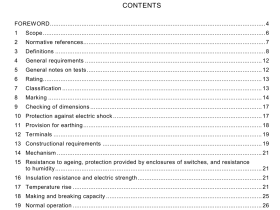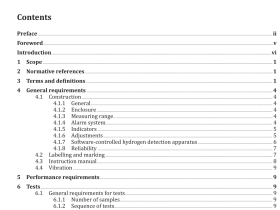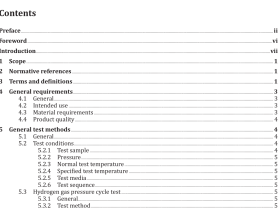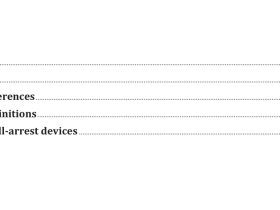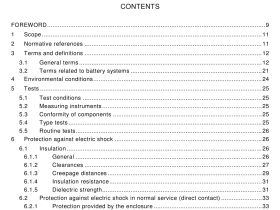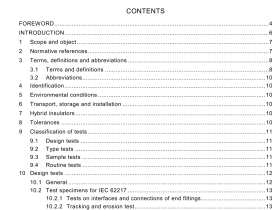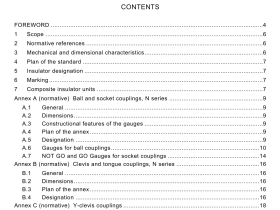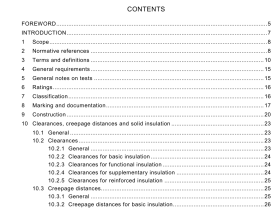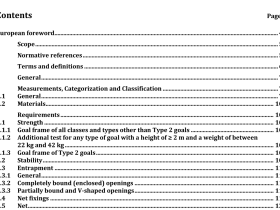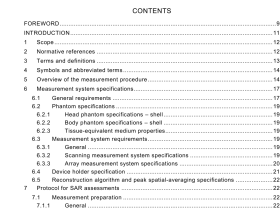AS 2291 pdf download
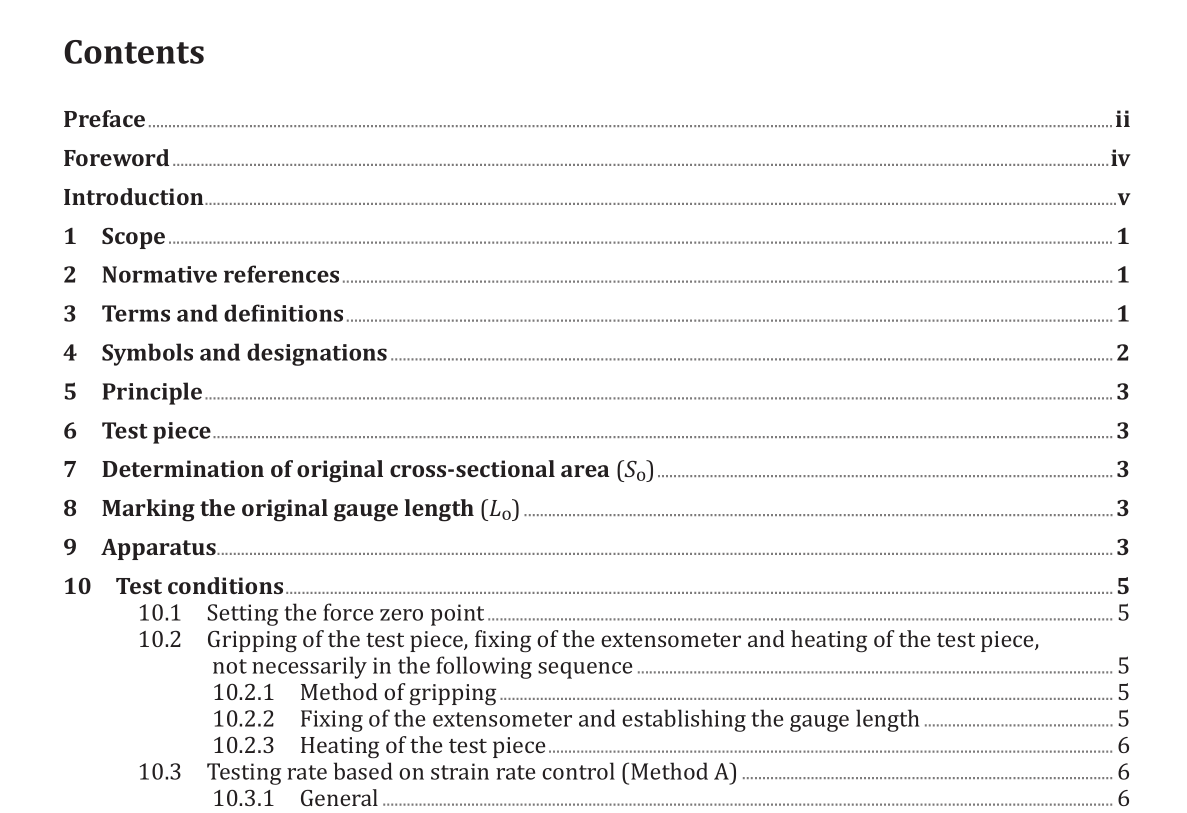
AS 2291 pdf download.Metallic materials — Tensile testing — Method of test at elevated temperature
3 Terms and definitions
For the purposes of this document, the terms and definitions given in ISO 6892-1 apply with the following exceptions and supplements. ISO and IEC maintain terminological databases for use in standardization at the following addresses: — IEC Electropedia: available at http:// www .electropedia .org/ — ISO Online browsing platform: available at https:// www .iso .org/ obp In general, all test piece geometries/dimensions are based on measurements taken at room temperature. The exception may be the extensometer gauge length (see 3.3 and 10.2.2).3.1 original gauge length L o gauge length measured at room temperature before heating of the test piece and before application of force 3.2 percentage elongation after fracture A permanent elongation at room temperature of the gauge length after fracture (L u − L o ) Note 1 to entry: It is expressed as a percentage of the original gauge length (L o ) (3.1). Note 2 to entry: For further details, see ISO 6892-1. 3.3 extensometer gauge length L e length within the parallel portion of the test piece used for the measurement of extension (3.4) by means of an extensometer 3.4 extension increase in the extensometer gauge length (L e ) (3.3) at a given moment during the test 3.5 percentage extension extension (3.4) expressed as a percentage of the extensometer gauge length (L e ) (3.3) 3.6 percentage reduction of area Z maximum change in cross-sectional area which has occurred during the test (S o − S u ) Note 1 to entry: It is expressed as a percentage of the original cross-sectional area (S o ), where S o and S u are calculated from the dimensions at room temperature. 3.7 stress R force at any moment during the test divided by the original cross-sectional area (S o ) of the test piece Note 1 to entry: All stresses referred to in this document are engineering stresses, calculated using the cross- sectional area of the test piece derived from dimensions measured at room temperature. 3.8 soaking time t s time taken to stabilize the temperature of the test piece prior to mechanical loading
9.3 Heating device.
9.3.1 Permitted deviations of temperature The heating device for the test piece shall be such that the test piece can be heated to the specified temperature, T. The indicated temperatures, T i , are the temperatures measured on the surface of the parallel length of the test piece with corrections applied for any known systematic errors, but with no consideration of the uncertainty of the temperature measurement equipment. The permitted deviations between the specified temperature, T, and the indicated temperatures, T i , and the maximum permissible temperature variation along the test piece are given in Table 2. For specified temperatures greater than 1 100 °C, the permitted deviations shall be defined by previous agreement between the parties concerned.9.3.2 Measurement of temperature When the gauge length is less than 50 mm, one temperature sensor shall measure the temperature at each end of the parallel length directly. When the gauge length is equal to or greater than 50 mm, a third temperature sensor shall measure near the centre of the parallel length. This number may be reduced if the general arrangement of the furnace and the test piece is such that, from experience, it is known that the variation in temperature of the test piece does not exceed the permitted deviation specified in 9.3.1. However, at least one sensor shall be measuring the test piece temperature directly. Temperature sensor junctions shall make good thermal contact with the surface of the test piece and be suitably screened from direct radiation from the furnace wall. 9.3.3 Verification of the temperature-measuring system The temperature-measuring system shall have a resolution equal to or better than 1 °C and an accuracy of ±0,004 T °C or ±2 °C, whichever is greater. NOTE The temperature-measuring system includes all components of the measuring chain (sensor, cables, indicating device and reference junction). All components of the temperature-measuring system shall be verified and calibrated over the working range at intervals not exceeding 1 year. Errors shall be recorded on the verification report. The components of the temperature-measuring system shall be verified by methods traceable to the international unit (SI unit) of temperature.
